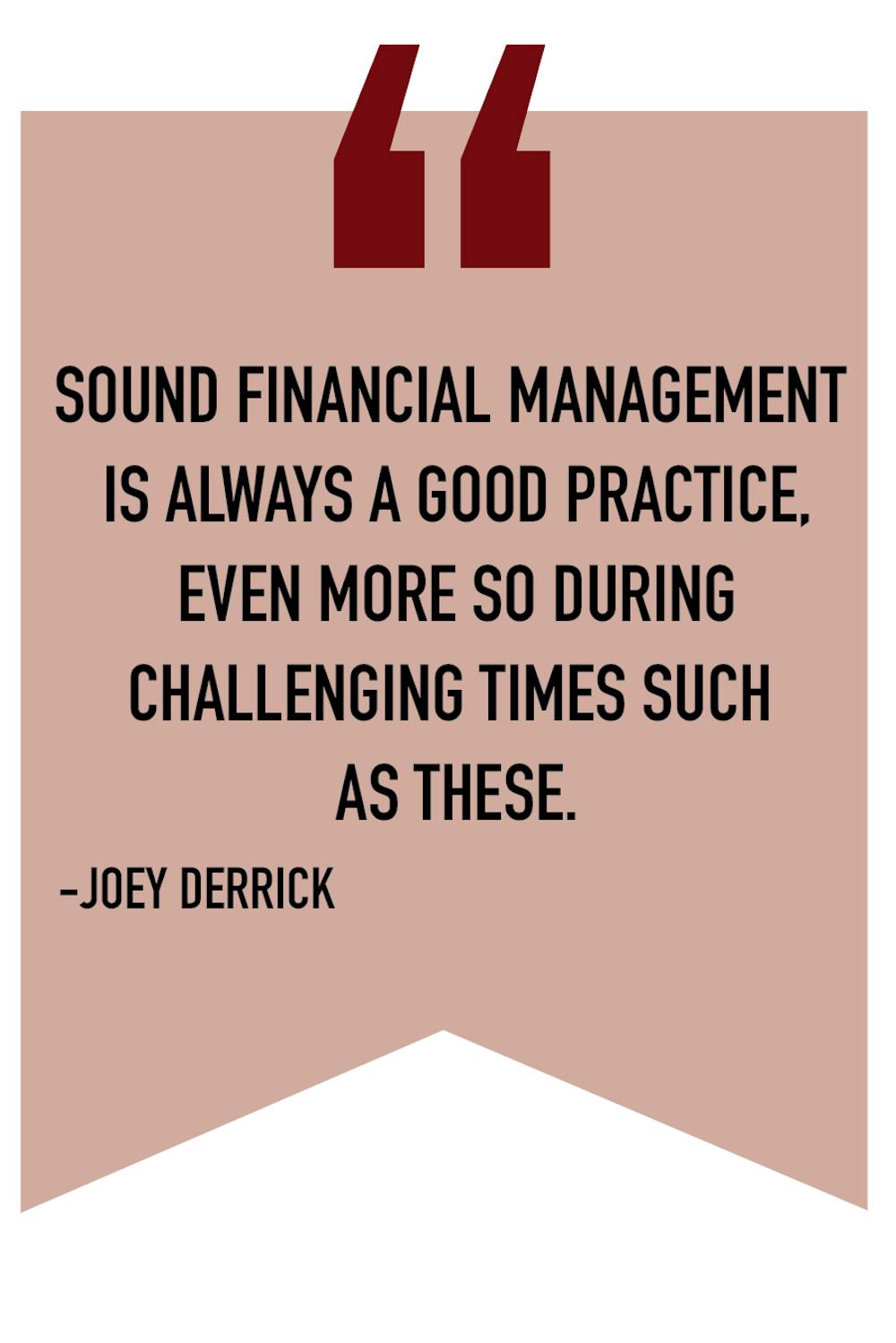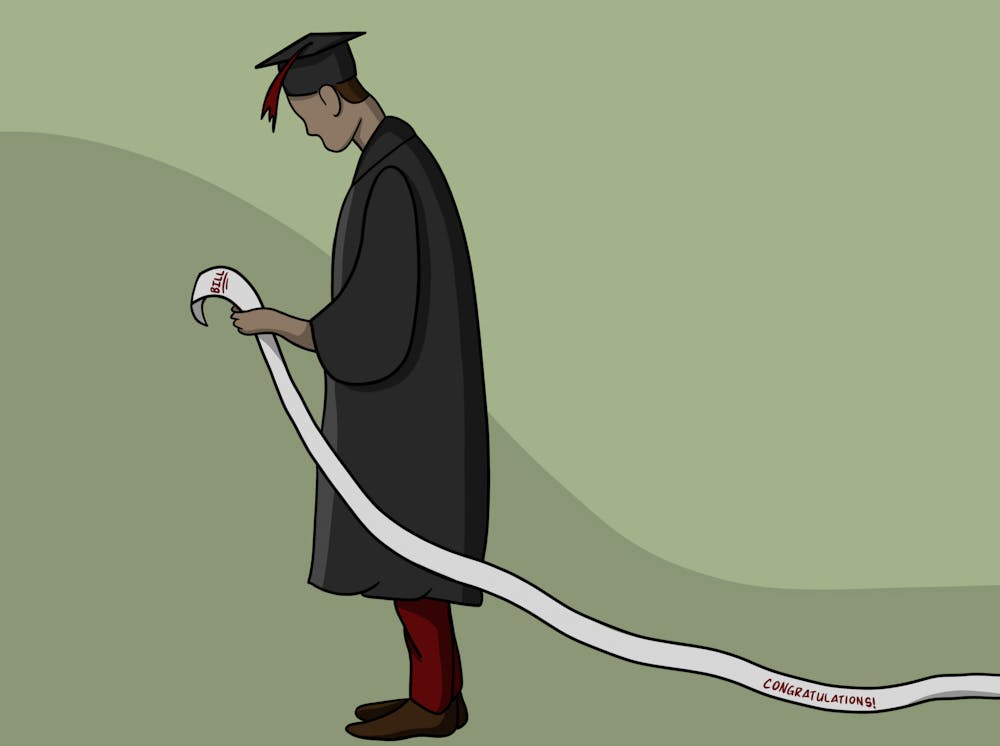Pandemic or not, students who are considering taking out student loans should consider three things: the cost of education, monthly payments and if the student is going to earn enough to pay back the loan.
“You should plan just like you would in any other time and do your research to really determine if borrowing makes sense for you right now,” Karen Serber, retail sales manager at AllSouth Federal Credit Union, said.
Joey Derrick, the director of the Office of Financial Aid and Scholarships, said it is the reality for many students to take out student loans, but it is important to monitor the total amount of loans taken out.

“Sound financial management is always a good practice, even more so during challenging times such as these,” Derrick said in an email.
Both Derrick and Serber said that if a student is currently repaying loans, they should be in contact with their lender.
If students currently have student loans and are not able to repay them because of the pandemic, lenders may have programs or options to defer or work out forbearance for the loan. Forbearance means students can temporarily suspend payments.
“But the student is going to have to talk to the lender,” Serber said. “ It’s not just going to automatically show up on their loan.”
Because of the economic climate, student loan interest rates are currently lower than average. A student loan interest rate is the cost of taking out the loan. For every year a student has not paid off their loan, a percentage of the total amount will need to be paid in addition to the original amount.
“So let’s say [students] borrowed $10,000,” Serber said. “When they are out of school they are going to be paying back that $10,000 plus any interest that is accrued, so their loan could actually be significantly more when they get ready to start repaying.”
The fixed interest rate for direct subsidized and unsubsidized loans for undergraduates is currently 2.75%. Last year, the interest rate was 4.53%.
“There are some loans that they might actually get a better interest rate on now versus before the pandemic occurred,” Serber said.
For graduate students, the interest rate for direct unsubsidized loans is 4.30%, decreasing from 6.08% in 2019. Students that are parents, graduate students or professional students have the option of taking out Graduate and Parent PLUS loans, which saw a 1.78% decrease in interest rates this past year.
“But if you're in a situation where you can't repay back that loan based on the career path you choose, then it's not gonna matter because you can't pay the loan back anyway,” Serber said.
Subsidized and unsubsidized loans are two different types of federal loans.
Subsidized loans are based on financial need, are only available to undergraduates and have “slightly better terms” than unsubsidized loans. The federal government pays the interest while the student is still in school.
For unsubsidized loans, students accrue interest during school. Students do not need to prove financial need, and the loans are available for undergraduate, graduate and professional students.
Federal loans are often going to provide better terms than some of the private loans would, so it is important to complete the Free Application for Federal Student Aid (FASFA) as soon as possible, Serber said.
“It's also really important for students to get what they can in federal loans before they actually look at private loans,” Serber said.
For South Carolina, FASFA applications for tuition open on Oct. 1 for the 2021-2022 year.
If the cost of education is not covered by federal loans, students can receive private loans. Students who are looking for a private lender would go through a bank or credit union.
Students can seek loans to cover expenses like school materials and groceries, Samson Argo, a student loan consultant at Wells Fargo, said
Serber said private loans are going to be harder to get and the terms aren’t necessarily going to be as favorable.
One of the biggest mistakes students can make is taking out too much money.
“So what happens when you apply for student loans is that money goes to the school, and then anything that is left over you get,” Serber said. “So it’s really easy to be like 'Oh my gosh I got all this extra money,' but really you don’t because you're going to pay it back.”

